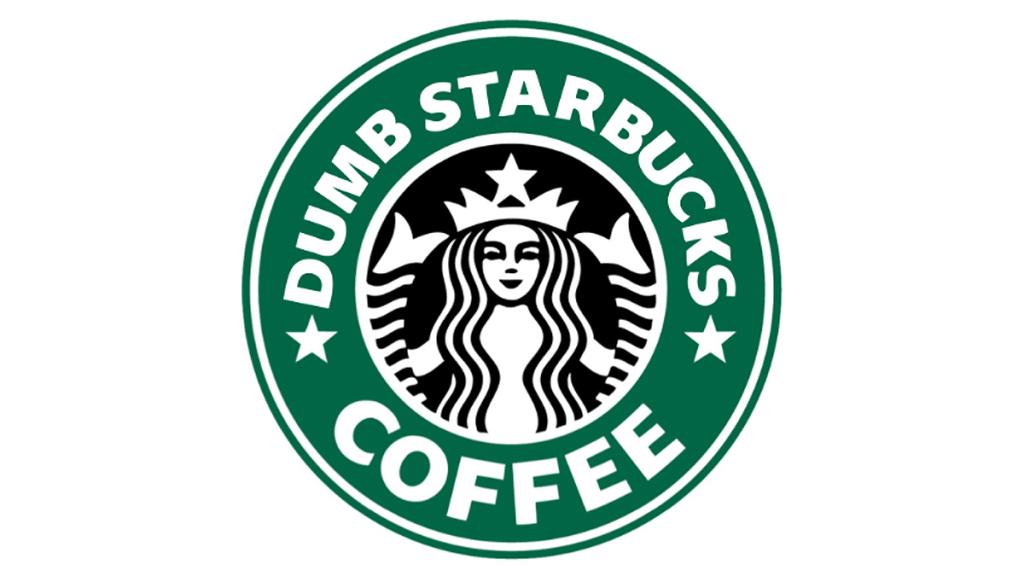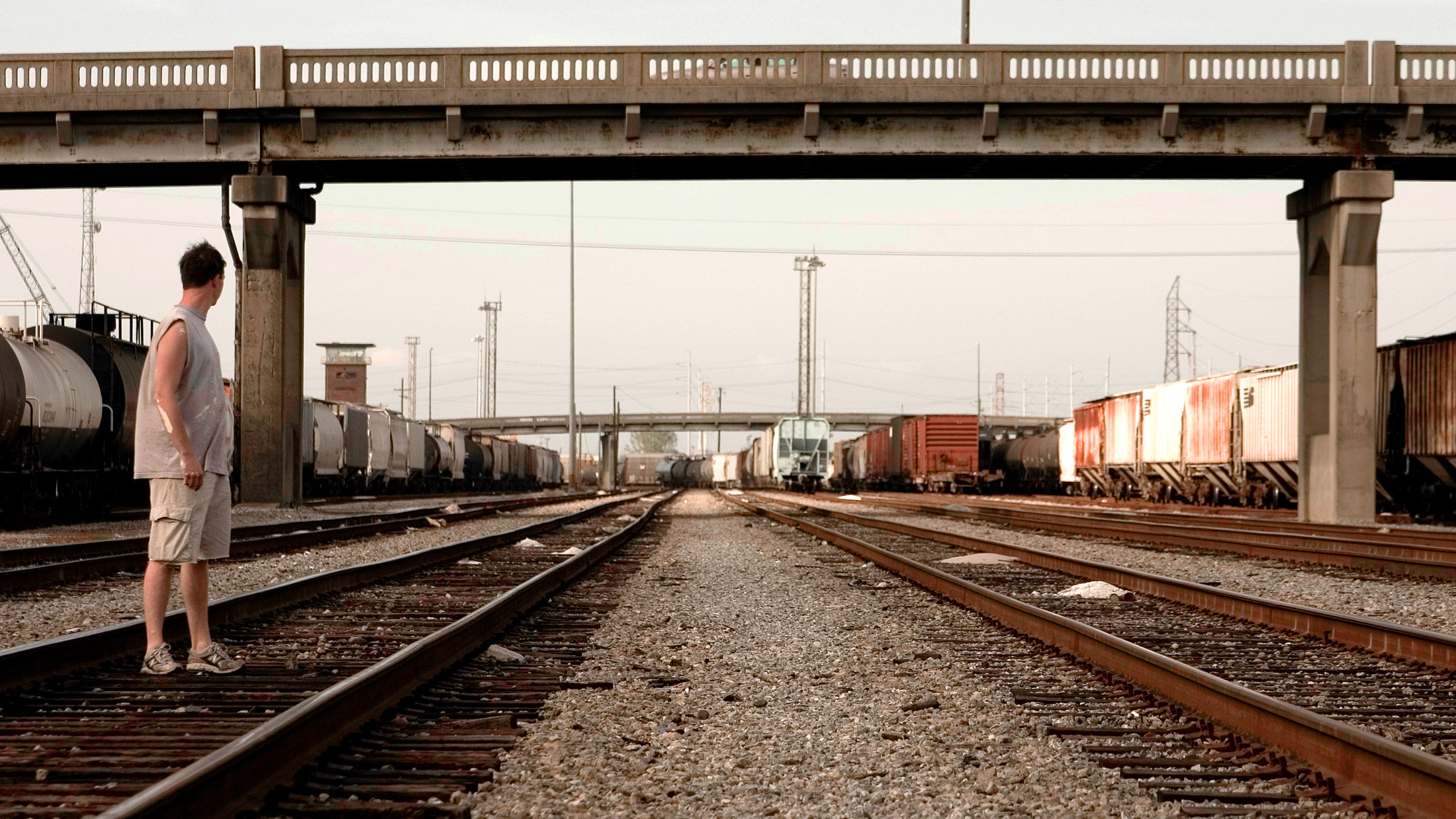Impoverished communities are often pushed to the “wrong side of the tracks” — sometimes literally. There are ways to address that kind of segregation, but here’s one that is sure to end badly: Push the railroad tracks further into the ’hood, carving up a community already suffering from poverty and neglect.
That’s exactly what the state of Louisiana is considering in New Orleans. State transportaiton planners are considering a plan that would relocate a major rail line from the wealthy, suburban parish of Old Metairie to its neighboring lower income community of Hollygrove. The $750 million New Orleans Rail Gateway plan is being pursued by railroad companies and state regulators who have stated that the so-called “Middle Belt” option through Hollygrove might be their best option.
Lil’ Wayne probably wouldn’t approve of this freight line carving through the community where he grew up. His former neighbors surely don’t. Residents of Hollygrove and surrounding neighborhoods have voiced their displeasure loudly in recent weeks over the railroad plan, worried that the rapidly expanding rail system will usher tons of poisonous chemicals and noise through their communities.
The overarching goals of the New Orleans Rail Gateway Plan are ones that most can agree with in principle. It seeks to make long overdue improvements to the existing Rail Gateway line in order to reduce the excessive traffic idling it currently causes. Right now, cars in the area experience over 112 hours of traffic delays daily due to rail lines that cross roads. Improvements would also clear the way for better emergency evacuation routes during hurricanes and floods.
But for locals, it reeks of NIMBYism — yet another proposal to moving undesirable things from the backyards of well-oiled and -protected suburbs to the marginalized communities in the city.
Dr. Beverly Wright, head of the Deep South Environmental Justice Center, has lead fights to stop undesirable projects like landfills and “trash-to-energy” plants from coming to black neighborhoods, especially after Hurricane Katrina. During a recent public meeting, Wright told the project’s consultants that their justifications of doing it for “the greater good” wasn’t good enough, according to the New Orleans Advocate: “Somebody always has to sacrifice for somebody’s greater good.”
In addition to easing traffic, the upgrades are meant to accommodate the expanding needs of the U.S. rail system, which expects its freight import and export loads to double in tonnage by 2020. The New Orleans Rail Gateway is the fourth largest of its kind in the nation, handling goods transport from the Pacific to the Atlantic and back, and also between Mexico and Canada. The latest Bureau of Transportation Statistics report on NAFTA trade shows that while trucks are the most heavily utilized vessels for moving goods between Mexico, the U.S., and Canada, freight transit is on the rise. Rail exports to Canada increased by 77.2 percent since November 2012 alone.
It’s all this forecasted added freight train traffic that frightens residents of the neighborhoods in the proposed new route. A group called the Coalition United Against The Middle-Belt Option lists its concerns on its website:
The Middle-Belt promises significant increases in rail emissions, and destroys quality of life promising pollution, noise, vibrations, and threats to our health and safety. Approximately 60% of cargo passing through populated communities will consist of chemical, petroleum, flammable or hazardous material, and coal cargo benefitting the “chemical corridor” at the risk and expense of our community’s health and safety.
The Middle-Belt disproportionately impacts communities of color and low-income residents. It threatens the investments of all who returned after Hurricane Katrina to rebuild our flooded communities, homes, businesses and neighborhood parks.
While the project’s consultants assured opponents at a public meeting two weeks ago that the “Middle-Belt Option” through Hollygrove is just one of a few suggested alternatives, that’s different than what they offered during a public scoping meeting in 2012, where in their presentation they said the Middle Belt improvements appeared to offer “the best benefits for both the public and the railroads.”
The project is at least 15 years from breaking ground. The team pushing the plan is a public-private partnership that includes the New Orleans Regional Planning Commission, the state transportation department, and private rail companies like Union Pacific and CSX. The partnership is currently in the process of preparing an environmental impact report to analyze the possible risks involved in the re-routing.
For now, at least, New Orleans leadership seems determined to stop the Middle Belt Option dead it in its tracks. The city council representative for Hollygrove’s district has publicly opposed it, and Mayor Mitch Landrieu voiced his opposition while campaigning for re-election.
Regardless of what the studies find, it’s hard to imagine how Hollygrove could benefit from more trains and noise running through it. If there was a benefit to having freight rail in your neighborhood, the suburban community it currently threads would be fighting to keep it.



